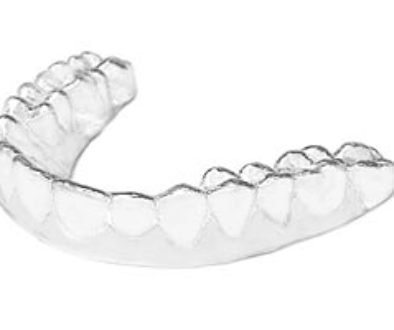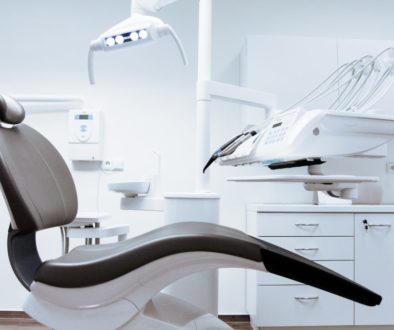Worst Case Scenario: Can My Dental Implant Fail?
 Guest Post By Philip L. Fava, DMD, MDSc
Guest Post By Philip L. Fava, DMD, MDSc
Estimates show that as many as 15 million dental implants are successfully placed worldwide each year. Patients benefit from one, two or even an entire mouth of replacement teeth that look and function as good as (or in some instances, even better than!) regular teeth. Today’s dental implants are predictable, with long-term success considered the rule rather than the exception. Placed by a properly trained and certified periodontist, your dental implants should offer increased oral health and overall esthetic, with virtually no problems.
However, just like our natural teeth, implants can fail if not taken care of properly. Poor plaque control can lead to bacteria damaging gum tissue and even causing bone structure beneath the implant to deteriorate. And implants aren’t immune from issues that can result from either improper placement or other overall medical issues that affect oral health.
Peri-implant inflammation (inflammation around an implant), and even worse, peri-implantitis (inflammation and bone loss around an implant), are rare and often preventable complications that can affect a dental implant. This infectious bacterial disease affects both soft and hard tissue and can lead to bone loss. Thankfully, if necessary, modern periodontics can tackle peri-implantitis with both surgical and non-surgical treatments.
Patients at Higher Risk
Dental implant patients most at risk of possibly developing this complication include:
- Patients who don’t adhere to good oral hygiene practice or those who grind their teeth
- Smokers—who are more likely to already have gum disease and whose blood vessels constrict when smoking, leading to bone loss
- Patients with medical issues such as autoimmune diseases, diabetes or osteoporosis
- Those patients with implants placed at poor angulations or implants with poorly designed crowns and prosthetics
Peri-implantitis is not always painful, and often times will be asymptomatic. However, early signs of this implant complication can include bleeding at the gum line and/or purple-looking gums. Some patients may experience pus, plaque build-up, or a puffy looking gum tissue.
Today’s Top Treatment
The periodontist’s long-term goal is to stop the bone loss and help patients maintain healthy implants. Sometimes it’s as simple as prescribing antibiotics. For more difficult cases, surgery was once the only other option, in which the periodontist had to cut out the infected tissue. Today, many practitioners employ modern laser technology to help save failing implants, without surgery. LAPIP® (Laser-Assisted Peri-Implantitis Procedure) is a minimally invasive solution that utilizes laser to focus directly on disease-causing bacteria, thereby sparing healthy tissue. No scalpel or stitches are needed. By removing unhealthy tissue around the implant that’s being rejected, the laser gets rid of the infection and stimulates normal bone growth around the “failing” implant.
If you suspect a problem with your dental implants, we have the ability today to make “sick” implants healthy again without invasive dental surgery. Don’t wait for an implant to come loose or you experience more severe symptoms to have your dental implant assessed.
Philip L. Fava, II, DMD, MDSc partners with Dr. Robert A. Levine at the Pennsylvania Center for Dental Implants and Periodontics, located at Einstein Center One, Suite 211-212, 9880 Bustleton Avenue, Philadelphia, PA 19115. The Center offers “All-on-Four™ dental implants, SameDay Smile®, esthetic (or “Smile Zone”) dental Implants and crown and bridge implant restorations in addition to LANAP® and LAPIP® laser treatment of periodontal disease and reconstructive dental surgery.



